You might not expect Denmark to be a hotbed of motorsport talent, but the country has in recent years produced a surprising number of sports car drivers. And, for reasons that nobody can quite explain, a lot of them having ended up racing for Aston Martin.
The Dane Train, as it has become known, first ran in 2012, when Christoffer Nygaard, Kristian Poulsen and Allan Simonsen teamed up in the Le Mans 24 Hours’ GTE Am division in an Aston Martin Racing Vantage GTE. Since 2016, the Dane Train has comprised Marco Sørensen and Nicki Thiim, who won the GTE Pro division of the FIA World Endurance Championship (WEC) that season and currently lead the 2019/20 standings in their Vantage AMR. The pair, joined by veteran Brit Richard Westbrook, are among the favourites for a class victory at Le Mans this weekend.
Why is Denmark such fertile breeding ground for Aston Martin drivers? “It’s hard to explain,” shrugs Sørensen. “It has just become a thing. It’s hard to beat the Dane Train, you know.”
Thiim was the first of the duo to join Aston. He became part of the Dane Train when he was a Porsche GT3 driver, drafted in to race in selected events following the tragic death of Simonsen in a crash at Le Mans in 2013. “Denmark has always produced good racing drivers from when my father [Kurt Thiim] and John Nielsen were driving, then Jan Magnussen and Tom Kristensen, and now it’s Marco, me and more,” he says. “I guess the Danish have a good mentality for endurance racing.”
Despite their shared nationalities, Thiim and Sørensen arrived at Aston in very different ways. While Thiim, 31, worked his way up the sports car ranks in the Porsche Supercup and various GT categories, 29-year-old Sørensen was a single-seater prodigy, becoming a Lotus F1 test driver in 2013. He admits that the chance for a limited GT programme with the Prodrive-run Aston squad in 2015 didn’t initially appeal.
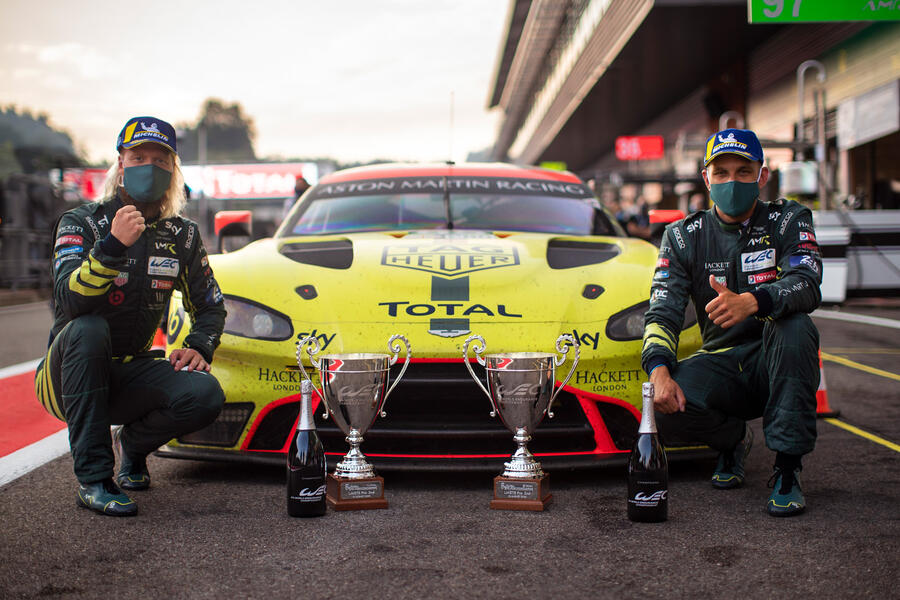
“I was fully on the F1 path, so to start with I was thinking ‘hmm, I have to do this Aston Martin thing’ – until my first race at Silverstone,” says Sørensen. “As soon as I set foot in the garage, I was like ‘forget the rest, I want to stay here’. I love the team and the energy they bring to the track. It’s all about making the car and drivers quicker: there’s no weird politics like you get in single-seaters.”


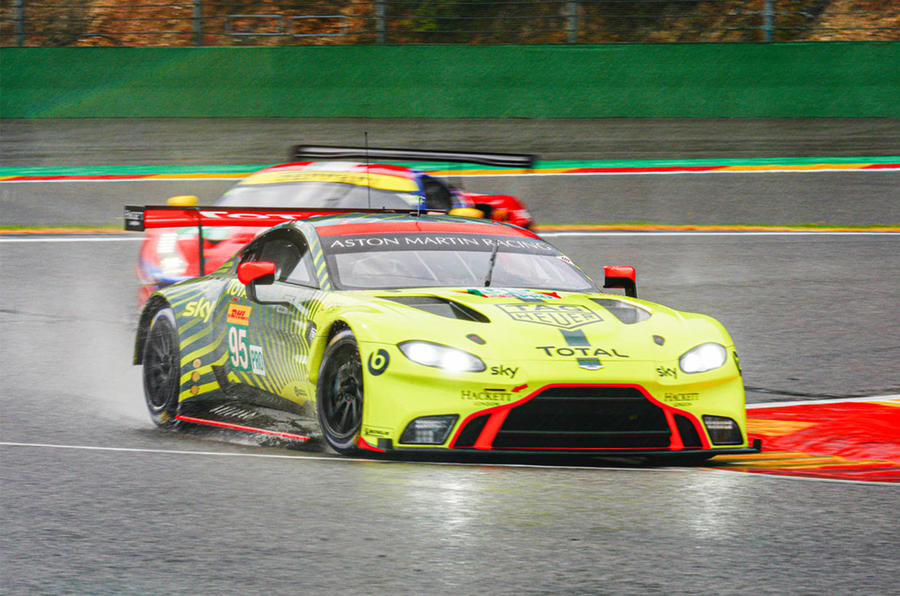


















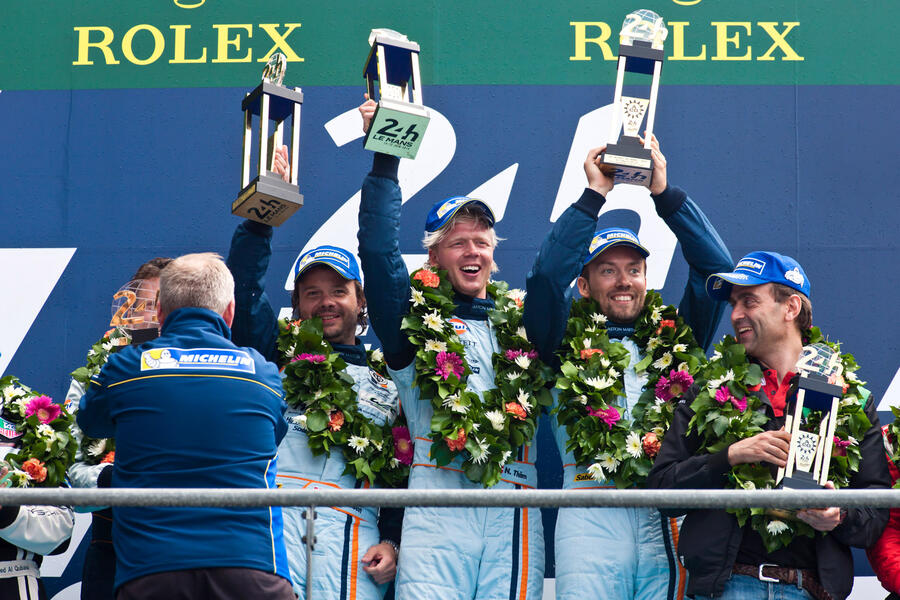
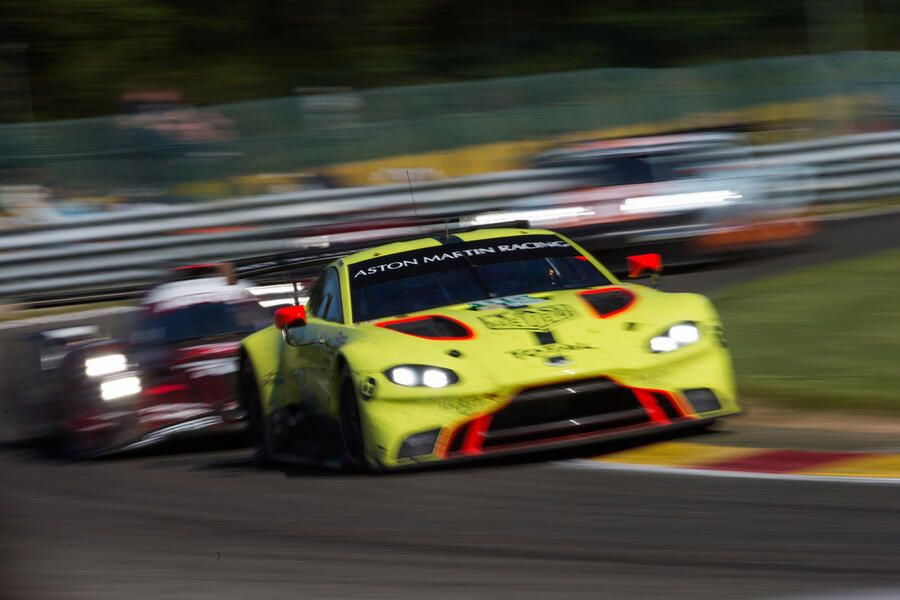
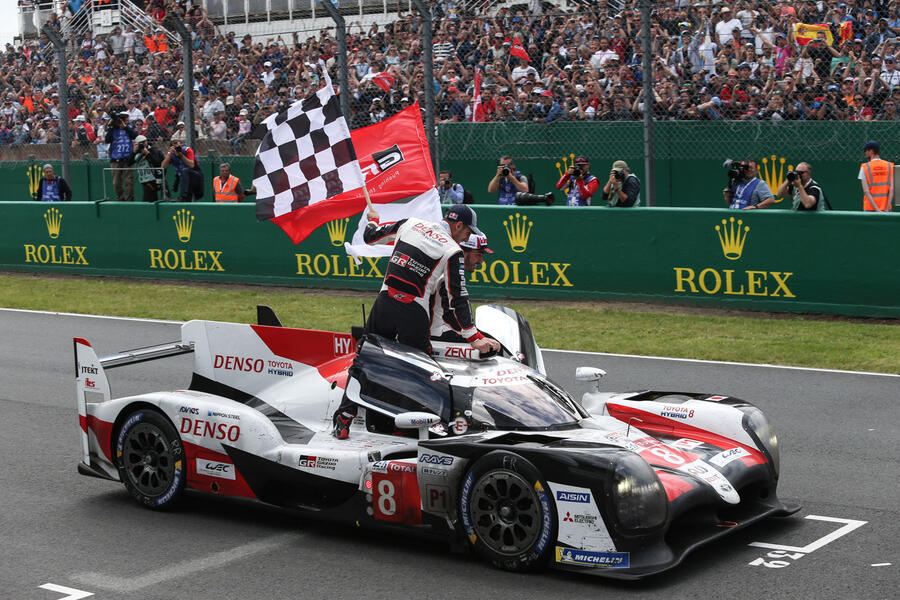
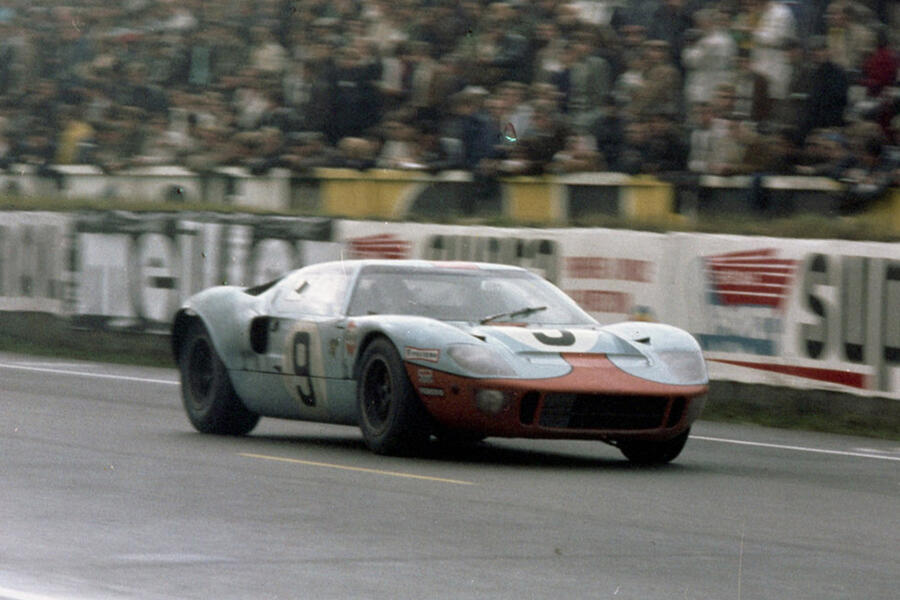






Join the debate
Add your comment
And another thing.
The Danish duo didn't help Aston Martin win, drivers is the clue.
Next year.
That's when the big hitters will be back.